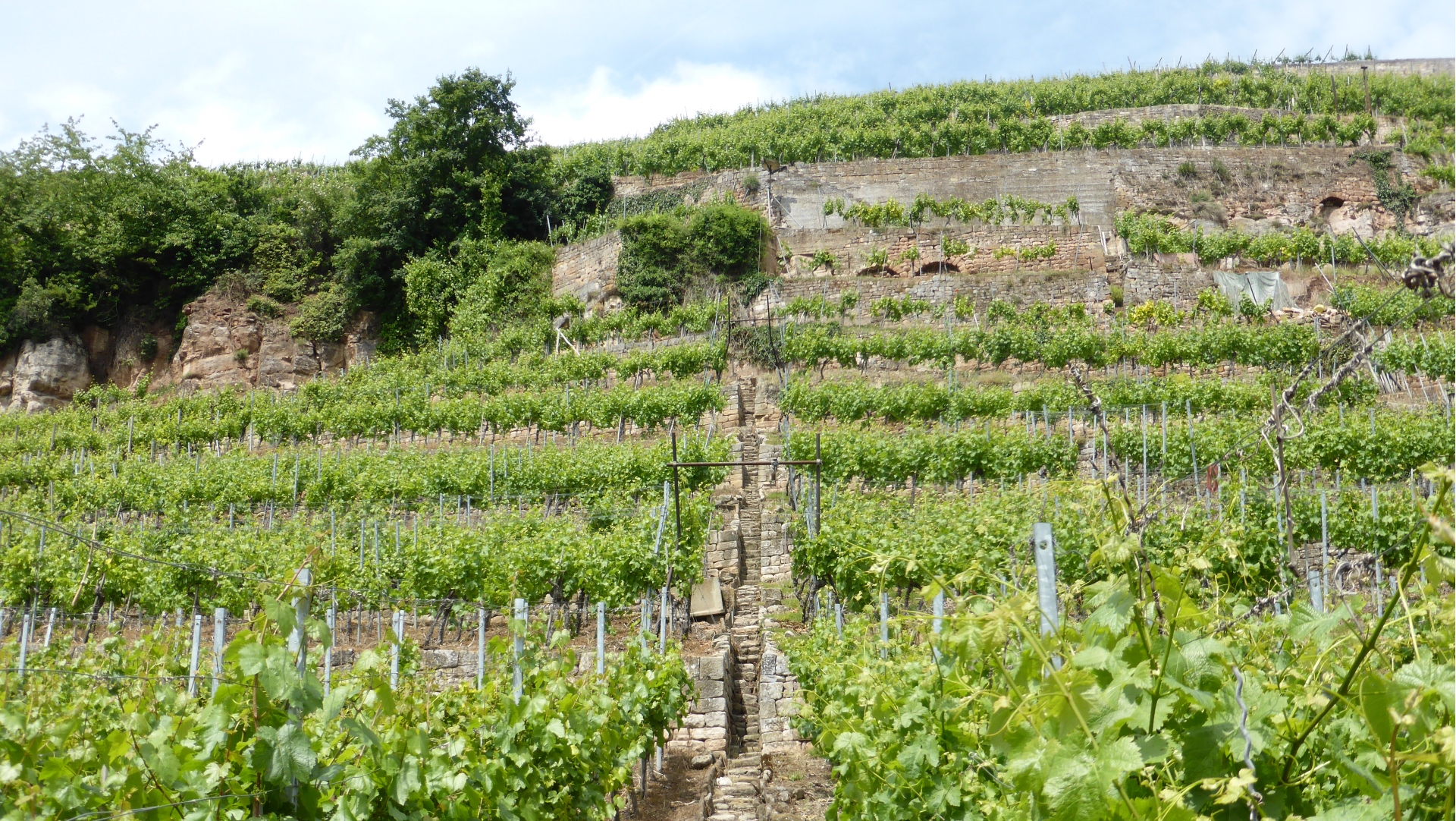Weinerlebnisweg 16a


Cool, maybe a little bit wet and earthy – so one could describe the living space dry wall, of course only one part of the living space, namely the rear wall, that means the stones which have contact to the ground soil. Here are little cavities, here the temperature is balanced in comparison to the front side of the wall: in winter it is relatively warm and in summer relatively cool. The typical species of the dry walls needs exactly these conditions: the wall lizard. It loves the sun warmed stones at the surface for sunbathing, the vertical walls where it can move very quickly but also the rear wall as the „shelter“ as hiding place, for egg laying and for hibernating. A wall lizard can reach a maximum length of 7 cm plus the tail in double length. Its weight is not more than 8 gramms. Due to the pointed head and the flat body it is optimally built to scamper around the walls, to catch insects or to hide quickly in a gap. If the lizard is not succesful, maybe the creep snake benefits, as it loves the territory where wall lizards live. In comparison to the lizards the wild bees need much much smaller holes for nesting. A wild bee called Breitkopf-Schmalbiene is around 6 to 8 mm tall, the name describes the appearance very precisely. Also the plants you can see near the walls have adapted to the special conditions. Again and again you will find the common houseleek which is able to store water due to the thick leaves. The Latin name Sempervivum („always alive“) indicates the robust character. Also the stonecrop has these fleshy leaves and can get along completely without any water. Very often you can see the Kenilworth ivy with the heart shaped leaves and the small blue flowers. It has to find soil in the gaps of the walls with a special strategy: The last seed remains connected to the fruit and then grows away from the light to the gaps of the walls, contrary to most of all other plants. There a new plant can germinate. This way, in the entirety with other plants and animals a functioning ecosystem is created. The blossoms of herbs attract insects. These are the food base for the wall lizard. The lizard has to watch out for the creep snakes. And there are the famous kestrels in Esslingen, that feed off wall lizards and creep snakes. The gaps and cavities in the walls are a very important component for this ecosystem. And that is why the nature conservation authority at the Rural District Office Esslingen promotes the rebuilding of the dry walls. As a long term contact partner Dr. Roland Bauer presented the technical basis for the winegrowers in Esslingen. Take a little time to have a closer look at the walls: an extreme location which offers optimal conditions for the plants and animals living there.





